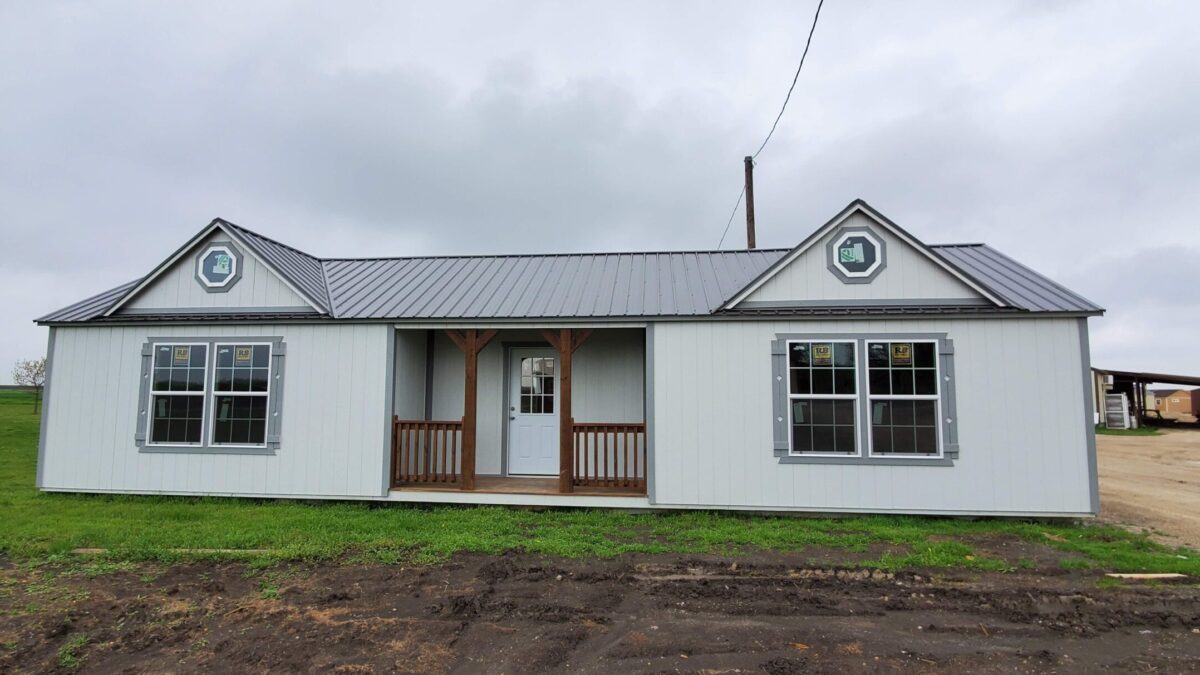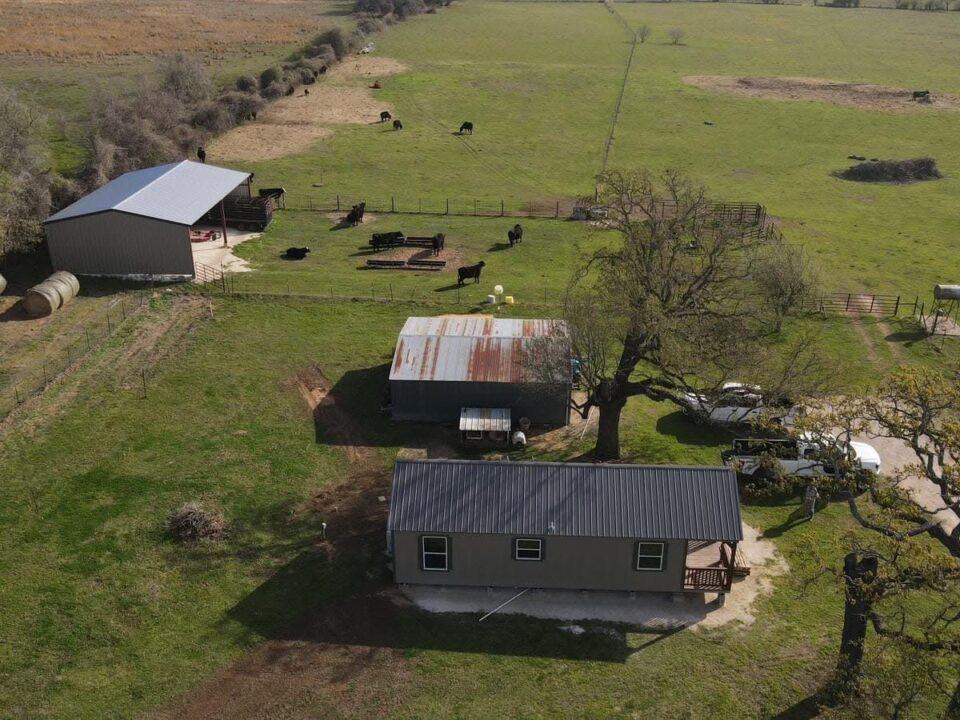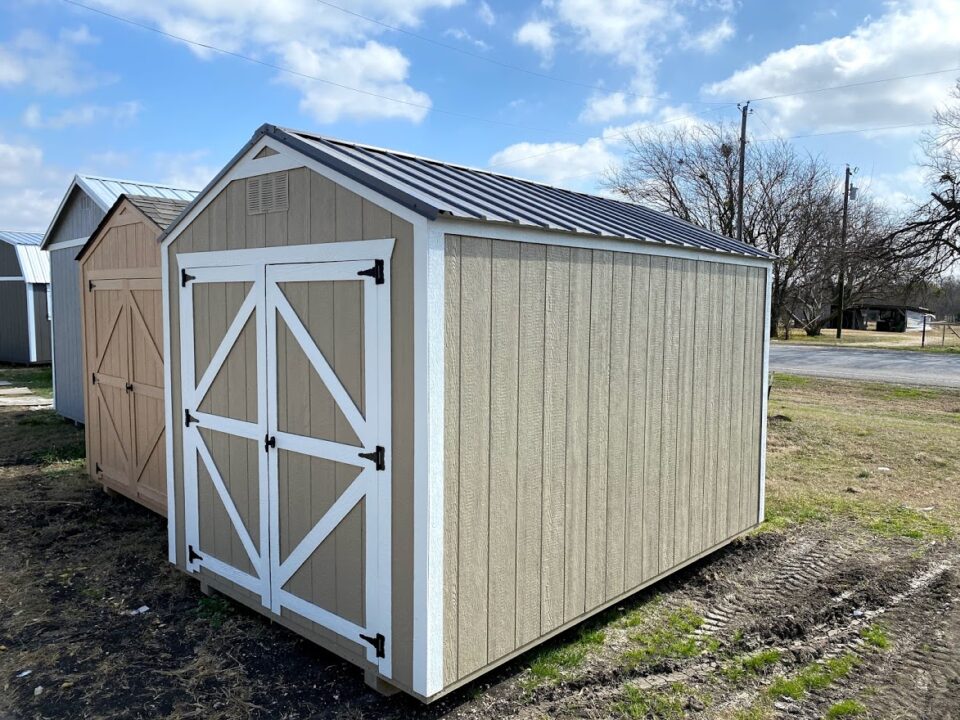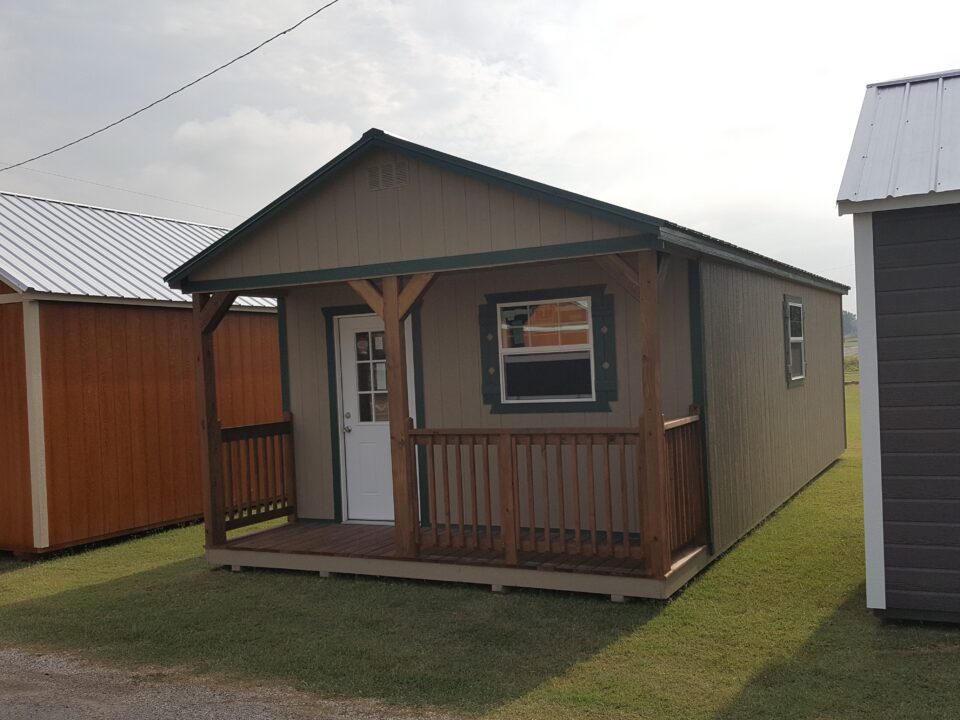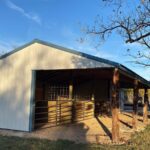
Cattle Loafing Sheds: Reducing Stress and Boosting Health
August 25, 2025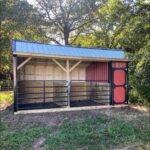
From Farm to Found: Loafing Shed Journey for Animal Shelters
August 26, 2025Tiny Home Utility Setup: Permanent Living Solutions
One of the most important parts of owning a tiny home is making sure it functions like a full-sized house. That means having reliable utilities. For permanent tiny homes, utility setup ensures comfort, safety, and long-term value. At Wolf Valley Buildings, our pier and beam tiny homes are designed for full residential use, making it simple to connect to standard water, sewer, and power systems.
Whether you’re preparing land for your new home or upgrading an existing property, understanding utility setup will help you avoid delays and enjoy your home from the very first day.
Why Utility Setup Matters in Permanent Tiny Homes 🌟
Tiny homes aren’t like RVs or mobile units. They’re real houses, and that means utilities must be treated with the same seriousness as a standard residence. Reliable water, power, and waste systems not only make your home livable but also make it easier to finance and insure.
For buyers, a properly set up property adds confidence. For lenders, it shows the home is a lasting, functional investment. Utility setup is one of the key differences that separates permanent tiny homes from temporary models.
Water Supply for Permanent Tiny Homes 🚰
Water access is one of the first things to secure when preparing your land. Permanent tiny homes can connect to municipal water lines when available, or to a private well in rural settings. Either option provides long-term reliability.
If your land already has an existing water source, connecting your home is straightforward. If not, a licensed plumber or contractor can install new lines or drill a well. Be sure to check local regulations, as some counties require permits for wells or septic systems before installation begins.
Sewer and Septic Options for Tiny Homes ♻️
Wastewater management is another essential part of tiny home utility setup. In areas with municipal sewer systems, permanent tiny homes can connect just like traditional houses. This option is usually the simplest and most cost-effective if your property is located within city limits.
For rural areas, septic systems are a reliable alternative. These systems are designed for long-term use and add value to your property. The size of the septic tank should be based on the number of bedrooms in your tiny home and expected usage. Having a properly installed septic system ensures your home remains functional and compliant with health codes.
For additional guidance, the U.S. Environmental Protection Agency offers resources on septic system basics and maintenance.
Electrical Setup for Permanent Tiny Homes ⚡
Electricity is another essential step. Permanent tiny homes can connect directly to local power grids, which provides stable, long-term service. If your property is in a rural location, your utility provider can advise on extending service lines to your land.
Most buyers choose standard electrical hookups to ensure compatibility with appliances, heating, and cooling. Having a licensed electrician handle the installation ensures safety and compliance with building codes.
Some homeowners also explore supplemental solar panels for energy efficiency. While this can lower long-term costs, it usually works best as an addition rather than the primary power source for permanent homes.
Internet and Connectivity 🌐
In today’s world, reliable internet is as important as water and electricity. Permanent tiny homes can be wired for internet service through local providers or, in rural areas, equipped with satellite or wireless broadband options.
This is especially important for retirees, remote workers, and anyone planning to use their tiny home as a full-time residence. High-speed internet adds both comfort and long-term value to your home.
Preparing Your Land for Utility Setup 🏡
Before your tiny home arrives, preparing the land ensures a smooth installation. This includes clearing space for utility lines, coordinating with contractors, and securing permits.
If you plan to use municipal hookups, contact your utility companies early to understand their requirements. If you’re installing a septic system or well, schedule inspections as needed. Proper planning avoids delays and helps you move into your home more quickly.
Long-Term Benefits of Utility Setup ✅
The biggest advantage of setting up utilities for permanent tiny homes is stability. Instead of relying on temporary solutions, you’ll enjoy the reliability of standard residential systems. This not only improves your daily comfort but also boosts your property value.
Utility-ready homes are also easier to sell in the future, since buyers know they’re purchasing a complete, functional residence. Whether you plan to live in your tiny home for decades or eventually pass it along to someone else, proper utility setup makes the investment worthwhile.
Final Thoughts 🌟
Tiny home utility setup is about more than just comfort—it’s about creating a permanent living solution. From water and sewer to electricity and internet, each step ensures your home is functional and future-ready.
At Wolf Valley Buildings, our pier and beam tiny homes are designed for full residential use, giving you the stability of a real home in a smaller, more efficient package. With the right utility setup, your tiny home will be ready to serve you for years to come.
Internal Links:
Tiny Homes for Retirement: Downsizing Without Compromise

